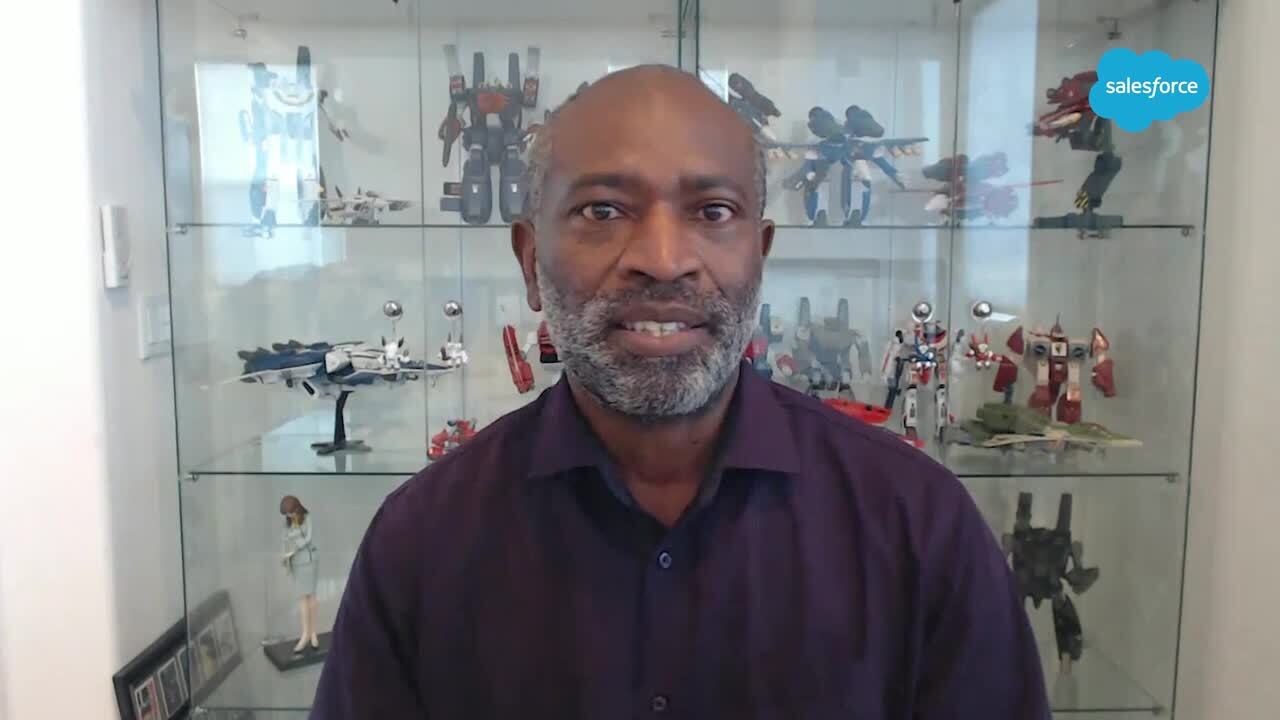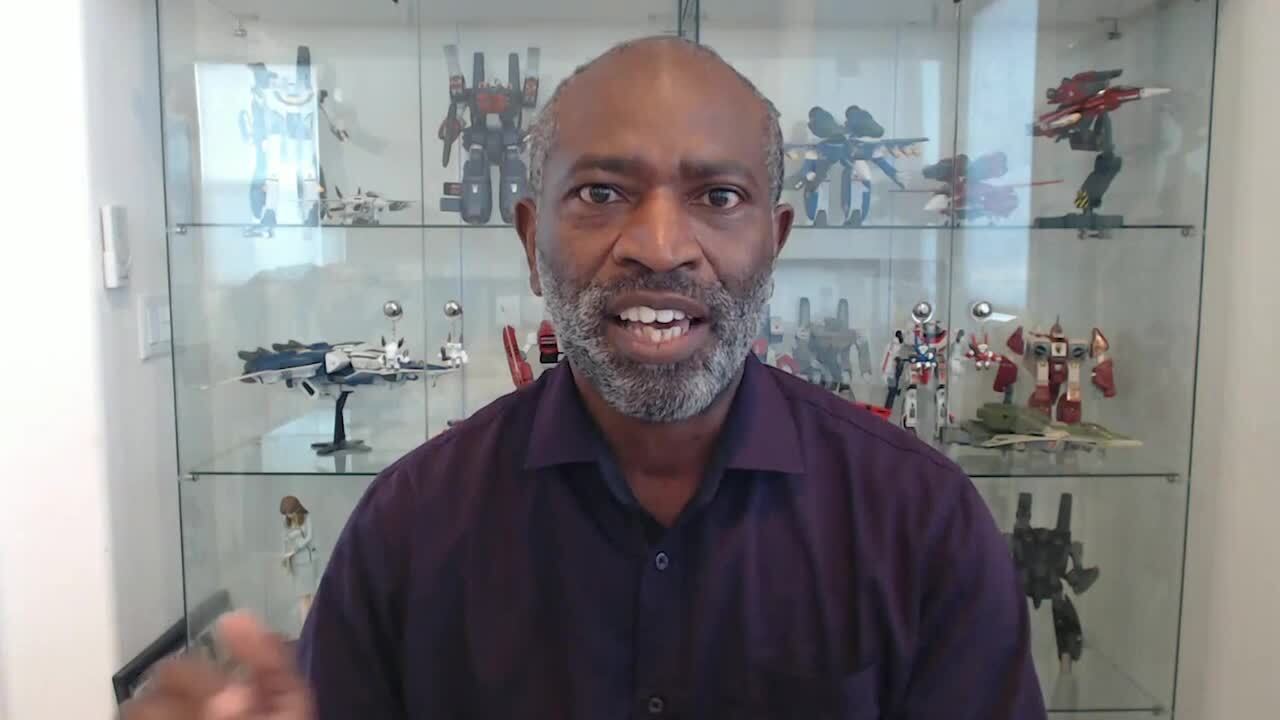
Written by Kyle Patton and Scott Nyberg.
In our “Engineering Energizers” Q&A series, we examine the life experiences and career paths that have shaped Salesforce engineering leaders. Meet Kyle Patton, our vice president of software engineering, who runs the highly diverse Tableau Developer Productivity & Experiences (DP&E) team. In this role, Kyle helps developers remain laser-focused on swiftly and efficiently creating world-class code that boosts product value for Salesforce customers.
How important is diversity to you and what value does it bring to your team?
I lead a large, very diverse engineering team. In fact, half of the managers on my team are women. Having this diverse environment enables our team to rely on many valued perspectives and unique points of view, which are really critical to project success. These different points of view range from explaining the technical details to voicing an opinion about the way a challenge should be approached.
For example, my team consists of multiple teams that span many areas, but they are all interconnected. So, people on one team will have a very strong opinion about something because they see their slice of it. But another team that is also part of the process, maybe in a different area, will have very different thoughts. It is very important for us to talk things out, understand everyone’s diverse perspectives regarding an issue, learn together what caused an issue, and determine the proper remedy.
What is an engineering team milestone that you are really proud of?
We recently faced a daunting technical challenge of driving a build system migration from a C++ specific technology to a more general technology (Bazel) that supported every Tableau language.
For our team to do this centrally created issues. For example, it was not our code that we were changing to convert the build system. Instead, our team needed to build tools to do the conversion itself, try to identify the problems, make corrections — executing behind the scenes, so developers could continue to innovate new features and work as if nothing had happened.
How did we do this? We used a secret branch of code (a conversion tool) that we hid behind the feature flag. The tool leveraged automation to perform build system migration from the C++ specific technology to Bazel.
Using this good conversion tool for automating the conversion process was key because manually performing the migration would not work due to the fact that developers kept working and changing the code along the way. So, that gave our team an edge to support a constantly evolving environment that they were racing to keep pace with.

A look at the flow outline of the automated Bazel conversion process.

Kyle explores a top engineering challenge that keeps him up at night.
What does being a leader at Salesforce mean to you?
When you are one of the fairly few black VPs in the company, you cannot help but feel like everyone is looking at you. You are going to be an example whether you like it or not. It is a struggle because you want to be a superhero, but you are not a superhero. You do not want to screw things up, but you are going to fail from time to time. So you must try to find balance. At the same time, you must keep doing what has made you successful and not overdo things because you think people are looking at you.
It is tricky to find that balance. I am constantly thinking about that. I am constantly aware it is not something that ever really goes away. So for me, it is all about being an example for that reason.

Kyle explains which qualities he seeks in new team members.
Can you share an example of how you drive scale in your team?
I take a coach’s role on my team. I cannot play on the field. I am not the one writing the code, so I am constantly coaching.
For example, during meetings with my direct reports, I may dig deeper into something they say for a couple of reasons. First, I may want a better understanding of the matter at hand. Second, I want to help them improve how they communicate things to enhance how the information is perceived. This coaching helps optimize the framing of their narrative — setting them up for success while also creating a bond between us.
My directs then leverage this type of coaching, funneling the approach down to their individual teams. This helps the larger team as a whole deliver the execution I need.
What is your favorite sport?
I am all about team sports. I love football and all the strategy that goes into football. In high school, as a running back, I ran for 1,500 yards over three years. Our football team even played in the Washington State championship game, where I ran for 120 yards and was profiled in the Seattle Times, which was a thrill.
I also ran track in high school. Relay was my favorite. I excelled in individual races, but I loved relay races because when you won, you had fellow team members to celebrate with.

Learn more
- What is the secret behind increasing Salesforce’s developer velocity and reducing developer productivity blockers? Kyle Patton shares more in this blog.
- Check out our Technology and Product teams to learn how you can get involved.
- Stay connected – join our Talent Community!






